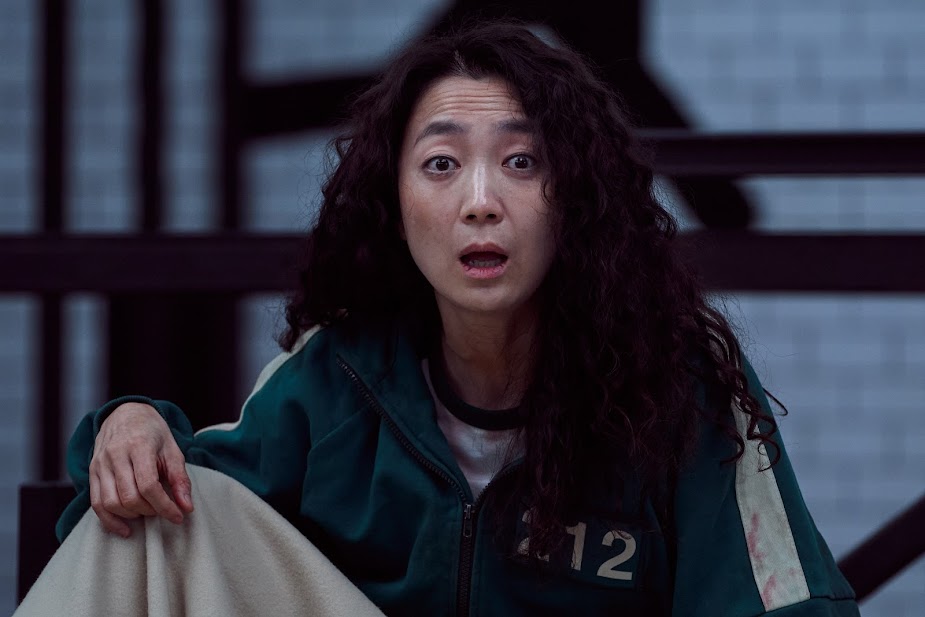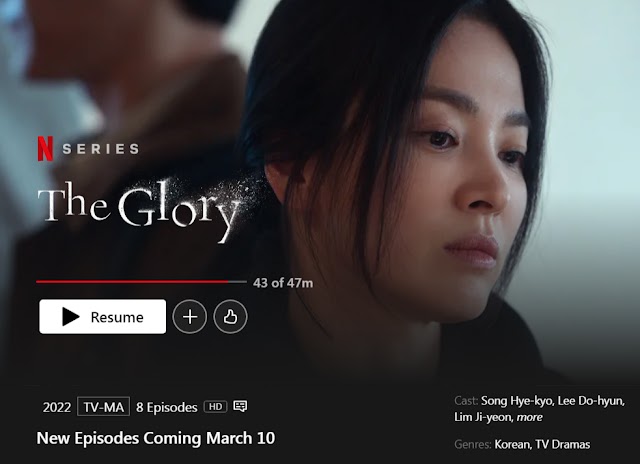
As K-Dramas gain global traction via Netflix, bilingual fans are sounding alarms over the platform’s inconsistent and overly simplified translations. Popular shows like Squid Game came under fire for altering dialogue in ways that erase vital cultural context.
Lost in Translation: When Subtitles Strip the Soul
One viral example is the mistranslation of “Squid Game” Han Mi-nyeo’s line. Instead of, “I’m very smart, I just never got a chance to study,” the Netflix subtitle reads, “I’m not a genius, but I can work it out.” This seemingly small change removes a deeply Korean narrative theme: the clever but impoverished underdog. According to bilingual creator Youngmi Mayer on Tiktok, “Everything she says, is being botched […] all the writers want you to know about her, is that [she’s smart but disadvantaged].”

Subtler cultural elements like the difference between “oppa,” formal speech (jondaemal), and informal speech (banmal) are also commonly ignored. This erodes the layered character dynamics that many fans love and that define much of Korean social interaction.
The Netflix Format: Cliffhangers and Delays
Traditional K-Dramas followed a 16-episode, one-season format, with weekly releases and neatly wrapped-up endings. Netflix, however, is changing the game, often splitting seasons and delaying the release of final parts by months, or even years.
Take The Glory for example. Part 1 aired in December, while Part 2 only dropped in March, a long and frustrating wait for fans. This piecemeal release style disrupts the emotional momentum that weekly viewers are used to and feels more like a marketing tactic than an artistic choice.

According to Koreaboo, fans now have to wait long periods of time for some “unfinished” shows to conclude.
A New Grit: Explicit Contents Overloaded
Another major shift is in tone and content. K-Dramas originally gained a loyal international following because of their clean storytelling, slow-burn romances, and emotional depth—a refreshing change from the often hypersexualized or violent content of Hollywood.
But many Netflix-made K-Dramas now lean heavily into graphic content, including nudity, sex, and violence: elements restricted by South Korean TV broadcasters but embraced on Netflix.
Shows like My Name, Squid Game, and Somebody exemplify this trend, offering edgier stories that blur the line between artistic boldness and gratuitous shock value. While some viewers welcome the darker themes and genre expansion, others feel that the “soul” of traditional K-Dramas is being lost.
Evolution or Erosion?
The growing divide between K-Dramas distributed on Netflix and K-Dramas produced by Netflix is becoming clearer. As the platform plays a larger role in shaping K-Drama content for global consumption, fans are left wondering: Are these changes pushing the genre forward or stripping away what made it special?
Whether it’s botched translations, format changes, or tonal shifts, the debate underscores a fundamental question: Can global accessibility coexist with cultural authenticity?
For now, Netflix remains a powerful gateway to Korean content, but for longtime fans, it’s also a double-edged sword.








